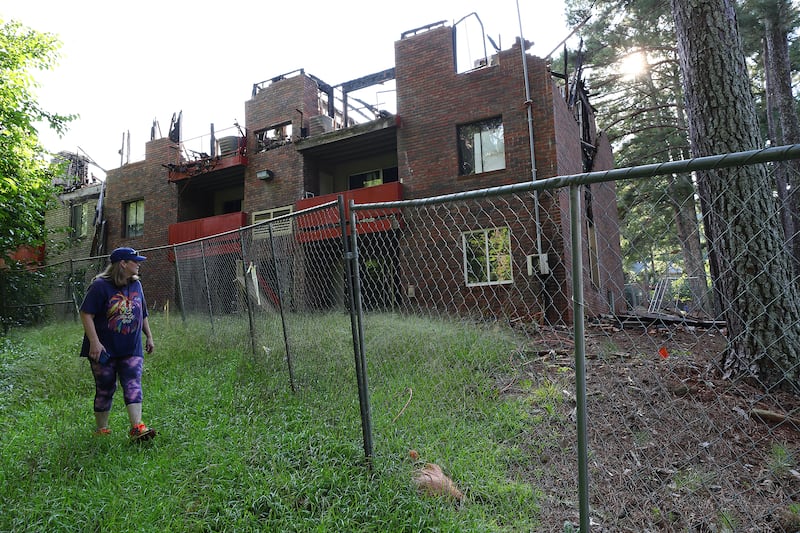
Here’s how the AJC assessed apartment safety
Buried in government records is key information that can reveal which Atlanta-area apartment complexes are persistently dangerous and who owns them. Local governments haven’t sussed it out, though. So The Atlanta Journal-Constitution set out to do that by compiling five years’ of information on serious crimes, code violations, fires and other hazards, and by searching assessor records, real estate documents and court filings.
That examination resulted in a list of 272 complexes with chronic crime, significant code complaints or other conditions putting residents at risk. However, the list is incomplete.
That’s because local governments list most of the crime reports and code complaints only by the addresses where incidents occurred, not the names of apartment complexes. Matching addresses to complexes was a massive challenge. Some have more than a dozen addresses, and public records rarely provide them. To try to determine them, reporters drove through dozens of complexes and searched news reports and other documents. If there are additional addresses the reporting team didn’t discover, crimes and complaints at those locations may not be included.
This examination can’t be used to say which apartment complex is the most dangerous or to compare complexes from one jurisdiction to the next because of differences in what data each jurisdiction was able or willing to provide. Some local law enforcement agencies provided only limited data on reported crimes because of computer or staffing issues; Clayton County provided only homicide data, and East Point provided only 2021 data. Sandy Springs and Riverdale would not provide data on any sexual offenses, contending the addresses could identify victims.
Police agencies also differed in how they reported crimes. Some agencies, for example, would list one homicide case even when more than one person was killed; others listed separate cases for each murder. And the agencies differed in how they categorized crimes. Also of note: The crime data did not include some incidents that may put tenants at risk, such as reports of shots fired and some sexual offenses.
Data on code enforcement complaints posed more challenges. Some government agencies do not conduct code inspections inside apartments; the only information they may have was on complaints or citations about exterior conditions. Also of note is that residents at some apartments told reporters they faced retaliation if they filed code complaints, limiting available data. To supplement it, reporters reviewed inspection scores for complexes that received funding from the U.S. Department of Housing and Urban Development and sought other public records. In some cases, reporters assessed conditions through visits to complexes.
Information on fires came from accounts The Atlanta Journal-Constitution compiled for several years from news reports and other sources. Complexes were flagged if there was a significant fire along with fire safety violations noted; when fires resulted in serious injury; or when a complex had a history of two or more significant fires. Information on other hazards came from news reports and various government records, as well as court filings.
To check the accuracy of data compiled from local, state and federal agencies, reporters sent certified letters to every current owner of record that they could identify. Initially the reporters relied on addresses listed on websites of county assessor offices, since those agencies send tax bills to owners. But dozens of those listings proved outdated. Reporters then researched records of real estate transactions and state corporation registrations to identify owners or their agents. As of Dec. 14, the Journal-Constitution has received responses from owners of 80 complexes. Some provided comment, and extensive statements were edited for brevity in the published list.
During this process, the reporting team developed guidelines for deciding whether the number and type of crimes at a complex were significant enough to include it in our list. Those guidelines take into account how many units are in a complex. Those flagged for crime met at least one of two thresholds. One was for violent crimes, which include homicides, aggravated assaults, robberies, rape, child molestation, kidnapping, arson and armed carjacking. The other threshold was for total crimes, which also included burglaries, motor vehicle theft, car break-ins and larceny/theft, depending on how agencies categorized crime.
Reporting team members who compiled apartment information were investigative reporters Johnny Edwards, Alan Judd and Willoughby Mariano, data specialist Jennifer Peebles and investigations editor Lois Norder.